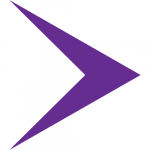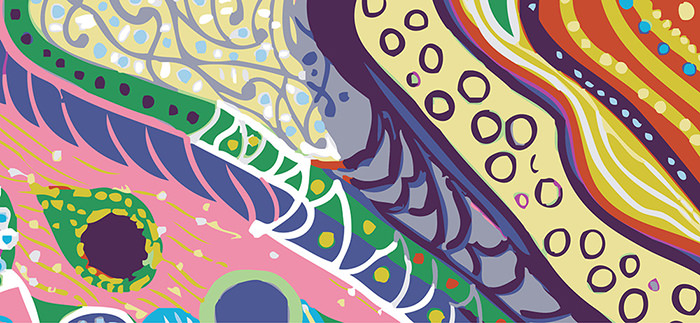 CEDAW: Optional Protocol
CEDAW: Optional Protocol  Beijing Platform for Action
Beijing Platform for Action
CEDAW
National Advocacy
Because of its ties to the UN system, the CEDAW review cycle is often seen as an international process. However, the CEDAW review cycle is also largely a national advocacy process.
For example, while shadow reports are submitted to the CEDAW Committee, they also serve as a record on gender equality and women’s human rights in that specific time frame, within that country. It shows the presence and gaps in gender equality measures, the effectiveness or the detrimentality of the measures taken, as well as the other determinants of substantive gender equality and the fulfilment of women’s human rights. This is an important tool to assess and strategise for future work in women’s human rights for feminist or women’s organisations.
In many countries, the shadow report writing groups have begun to build coalitions to produce stronger reports and advocacy strategies together. Established to produce shadow reports and undertake its advocacy, these platforms also serve as solidarity platforms that the feminist and women’s organisations can depend on for advocacy on the national level.
The space provided in the official programme of CEDAW sessions, and the possibility provided for CSOs to listen to the constructive dialogue between the State and the Committee, also enables important physical interactions between the government and the CSOs. Sometimes, when the CSOs are restricted from accessing the government and the state apparatus in their own countries, the physical presence in the CEDAW session allows the CSOs to reach out to the government.
This dialogue, which starts or is strengthened in the CEDAW session, could continue at the national level after the review, for the implementation of the suggestions in the Concluding Observations. While this does not always come naturally, follow-up from the civil society side can be successful to ensure CSO-state cooperation at the national level.
The fact that the CEDAW review is actually a cycle, repeating approximately every four years (with some topics reviewed two years after the official review),1This is called the ‘Follow-Up Procedure’, a relatively new methodology implemented by the CEDAW Committee. allows feminist and women’s organisations to get involved at different points in time, and also on different issues that they find relevant to their work.
On the other hand, the advocacy work on the Optional Protocol also gives feminist and women’s organisations the possibility to pursue remedy for violations they have encountered which have been overlooked or exacerbated by the state.
 CEDAW: Optional Protocol
CEDAW: Optional Protocol  Beijing Platform for Action
Beijing Platform for Action
Footnotes
- 1This is called the ‘Follow-Up Procedure’, a relatively new methodology implemented by the CEDAW Committee.

